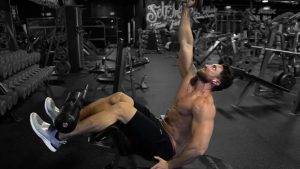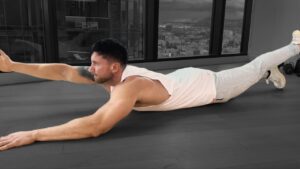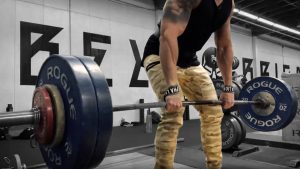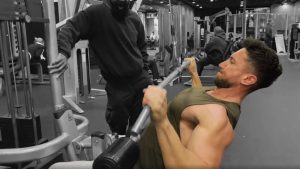The dumbbell hammer curl is an awesome bicep exercise that puts emphasis on both the biceps brachii and the brachialis. This version of the curl works the forearms more than the regular curl which makes it an excellent overall upper arm developer.
Dumbbell Hammer Curl Execution
- 1Hold a dumbbell in each hand
- 2Keep the dumbbells by your sides with the palms facing the torso
- 3Hammer the left dumbbell up without rotating the wrist
- 4Contract the upper arm up top
- 5Go back down slowly
- 6Repeat on the opposite side
- 7Alternate between sides
Tips to Get More Out of Dumbbell Hammer Curl
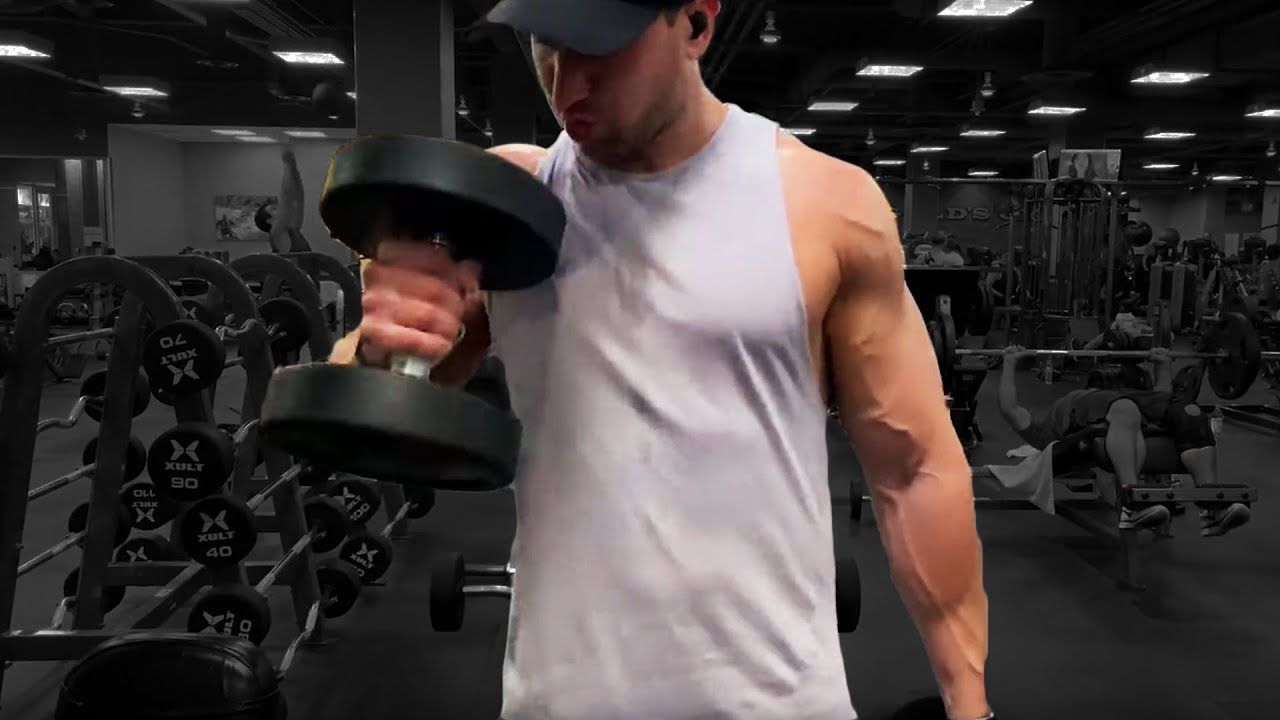
Common Dumbbell Hammer Curl Mistakes
Momentum
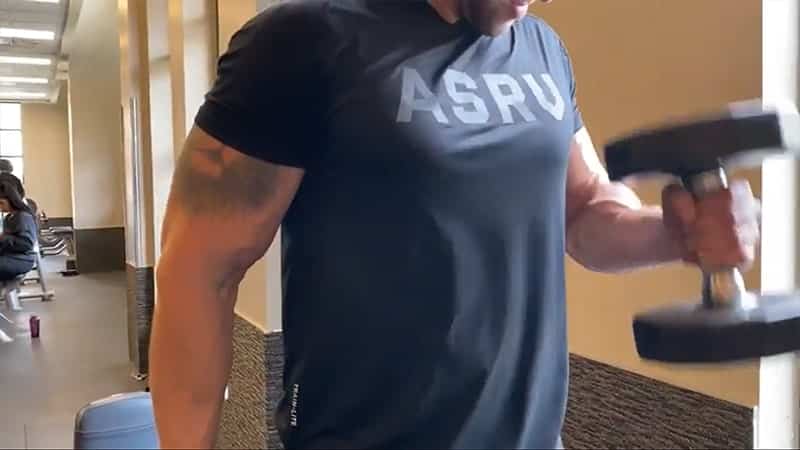
The tendency to swing the back when curling is common to all types of curls. When you use momentum in this way you negate the benefits of the exercise to the biceps. Not only does it take the tension off the target muscle, but it also puts your lower back at risk of injury due to the excessive swing involved.
The main reason that people use momentum when doing the dumbbell hammer curl is that they are using too much weight. To eliminate this tendency, start developing the mind-muscle connection by focusing more on the feel in the target muscle than the weight on the bar.
Speed
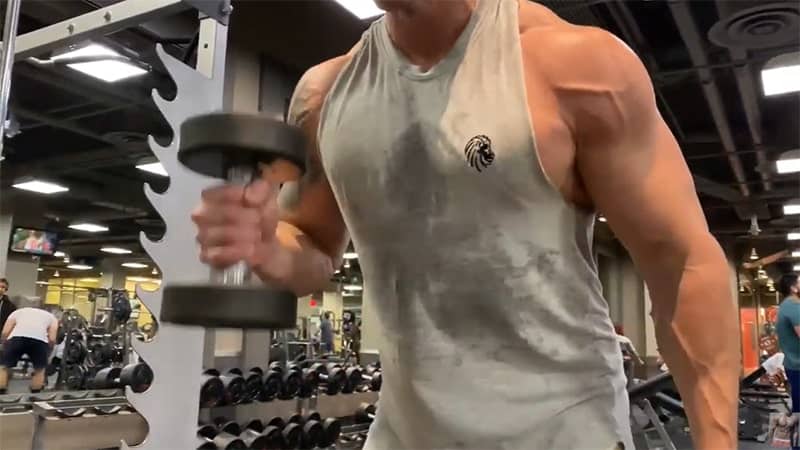
Most people do their curling work too fast. For maximum hypertrophy potential, each set that you perform should last about 45 seconds. If you are doing 10 reps, that means that you should be spending about 4.5 seconds on each rep. That is about twice as long as most people currently use to perform a rep.
In order to increase your overall time under tension, you should adjust your rep cadence. I recommend using the following cadence: 2-1-2.5.
That means that you should take 2 seconds to lift the weight, 1 second to hold the top contracted position, and 2.5 seconds to lower the weight.
A reason that some people may be using too much speed is that they are not using enough weight. if you feel that may be the case for you, add 2.5 pounds and try doing 8 reps using the cadence that I've recommended. If you can perform your set following the cadence scheme and with good form, stick with that weight until you are ready to push beyond it (which will be when you are able to do 12 reps at the weight you are currently performing for 8 reps).
Elbow Displacement
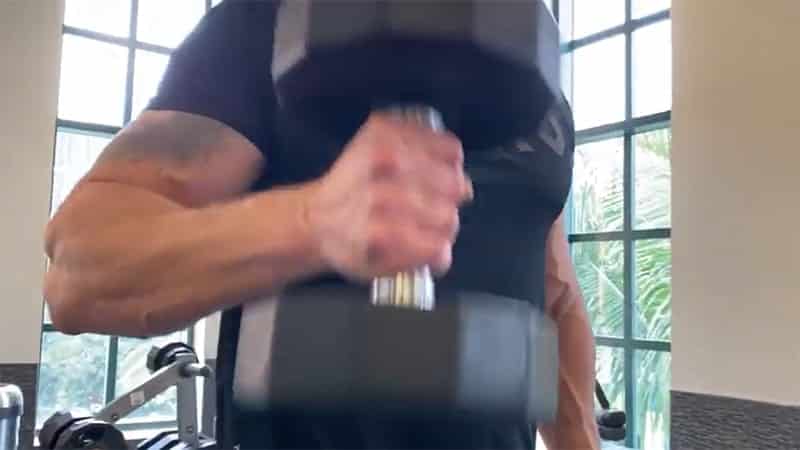
When you allow the elbows to move away from your side, you start to bring the front deltoids into the curling movement. It is easy for the front delts to dominate at the expense of the biceps. Focus on only moving up and down with your forearms while doing this exercise. If you are unable to do this, it is a sure sign that the dumbbells in your hands are too heavy. Put them back on the rack and grab a lighter pair.
Dumbbell Hammer Curl Variations
Seated Hammer Curl
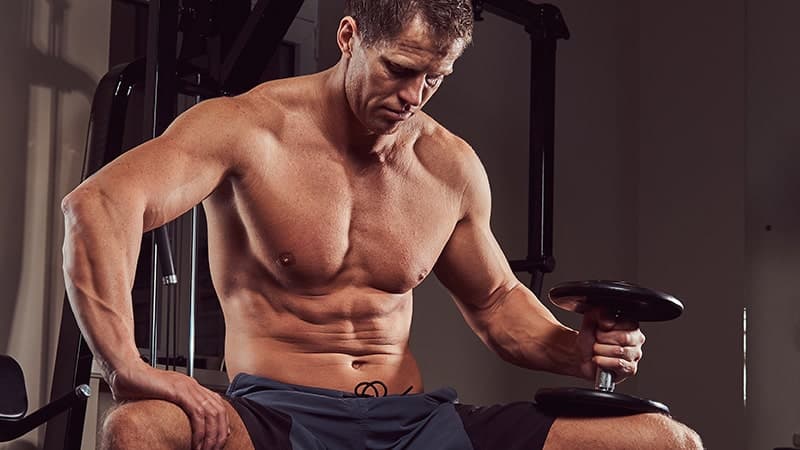
Seated hammer curls is a stricter version of the movement because it takes the momentum out of the exercise. To perform this exercise, sit on a bench with a 90 degree back support. Sit with a pair of dumbbells in your hands and your palms in a neutral position (facing the thighs).
Be sure to keep your back against the bench as you curl up with your forearms. Hold the contracted position and then lower to the start position under control.
Rope Hammer Cable Curl
Stand in front of a single cable pulley machine and place the pulley at the lowest setting. Put a rope handle on the end of the cable and grab it with a neutral grip (palms facing each other). Curl the handles up to full contraction, hold for a second, and then lower to the start position.
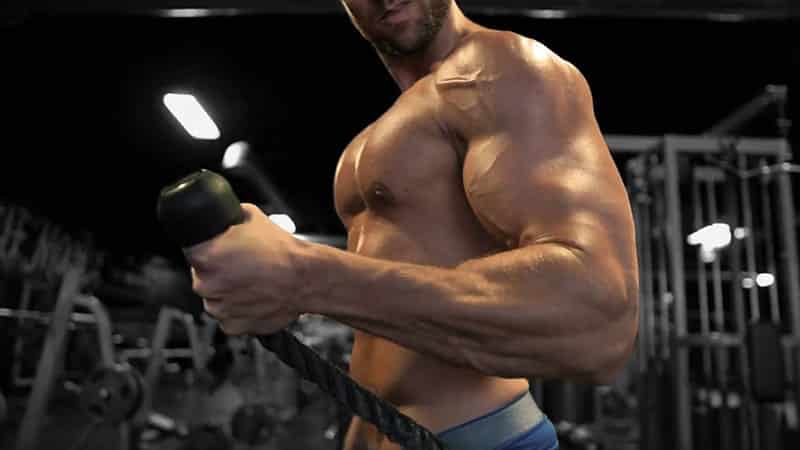
There are many benefits to using a cable pulley machine for the hammer curl. When you do the hammer curl with dumbbells the resistance is acting straight down as a result of the force of gravity. However, that is not in harmony with the natural strength curve of the biceps. When you are using a cable, however, the direction of resistance is no longer straight up and down but on an angle that is close to perpendicular to the operating lever (which is the forearm). That is much closer to the ideal range of motion of the biceps.
Using a cable also more closely mirrors the ideal resistance curve of the biceps. All muscles, including the biceps, are strongest during the first third of their range of motion. They then diminish their strength as the range of motion progresses. When you do the hammer curl with dumbbells, however, you get the opposite effect - the exercise is easier at the beginning and harder at the end. The cable curl is the only version of the curl that reverses this so that it ideally replicates the biceps' natural strength curve - it is harder during the first third of the curl, then gets easier as you progress toward the completion of the curl.
The cable curl also keeps tension on the biceps throughout your full range of motion when doing the hammer curl. You should cut out the final 10 percent of the rep in order to keep the tension on the biceps.
Supinated Hammer Curl
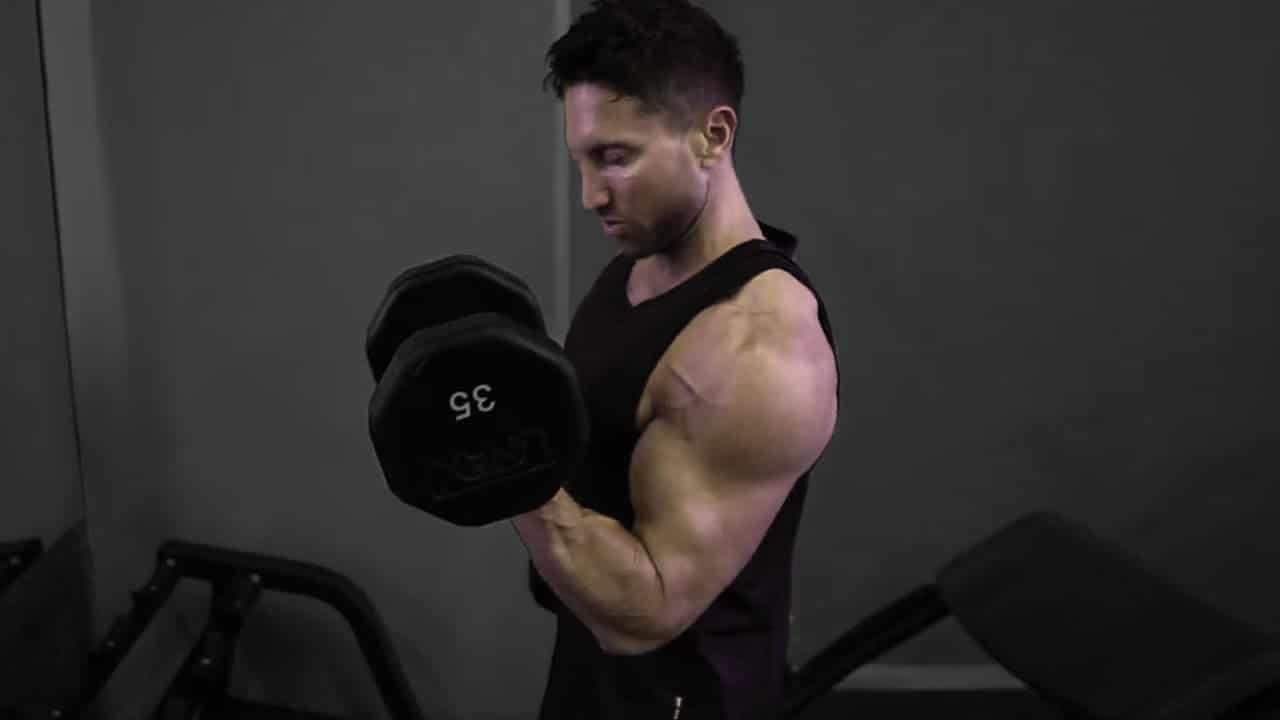
Supinated hammer curls are the same as the standard dumbbell hammer curl except that, at the top of the movement, you supinate the wrist to turn the palms upward. In the top position, the movement will look like the standard dumbbell curl. This action will initiate an extra action in the bicep, helping to provide a greater peak contraction.
Dumbbell Hammer Curl Alternatives
Incline Seated Dumbbell Curl
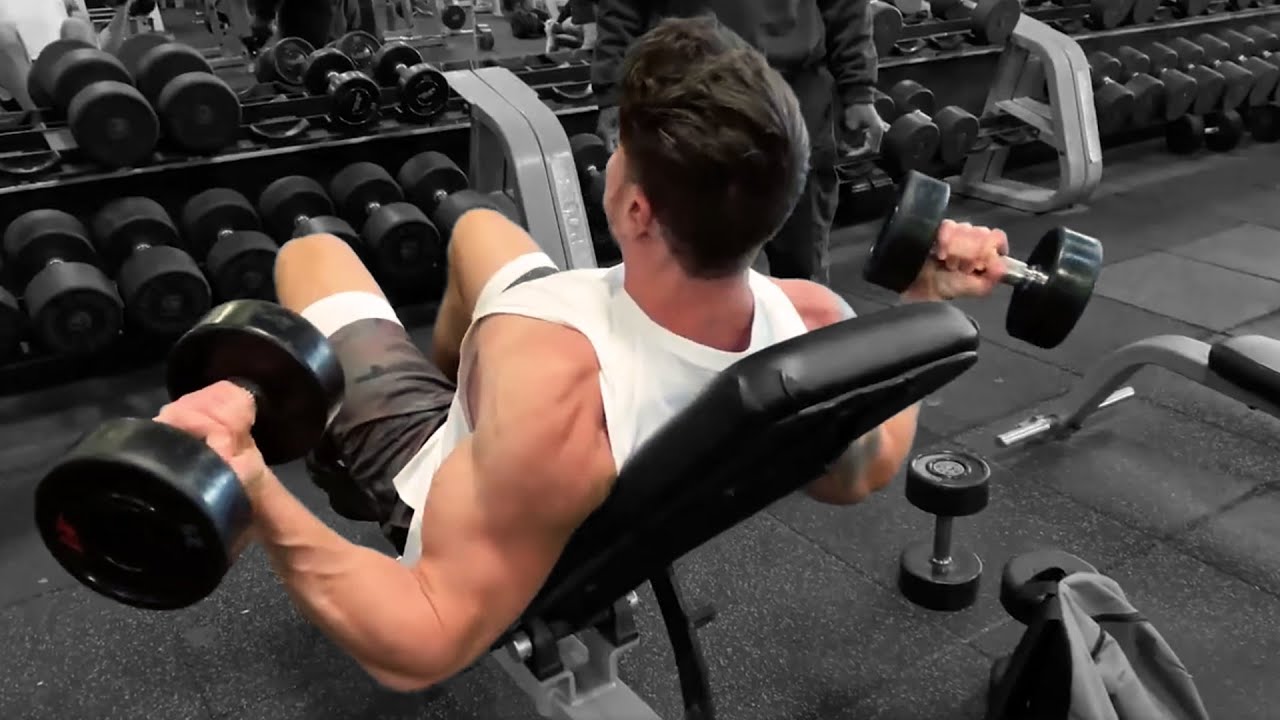
- 1To do an incline dumbbell curl, lie on an incline bench, with your back pressed firmly against the padding and your feet flat on the floor. The bench should be set at around a 45 degree angle.
- 2Hang your arms at your sides, holding the dumbbells with an underhand grip (palms facing forward).
- 3Slowly curl the right dumbbell toward your right shoulder.
- 4When maximum bicep contraction occurs, slowly lower the dumbbell to the start position and repeat the movement with the left arm.
- 5Continue alternating right and left arms until the desired number of repetitions is completed.
Standing Dumbbell Curl
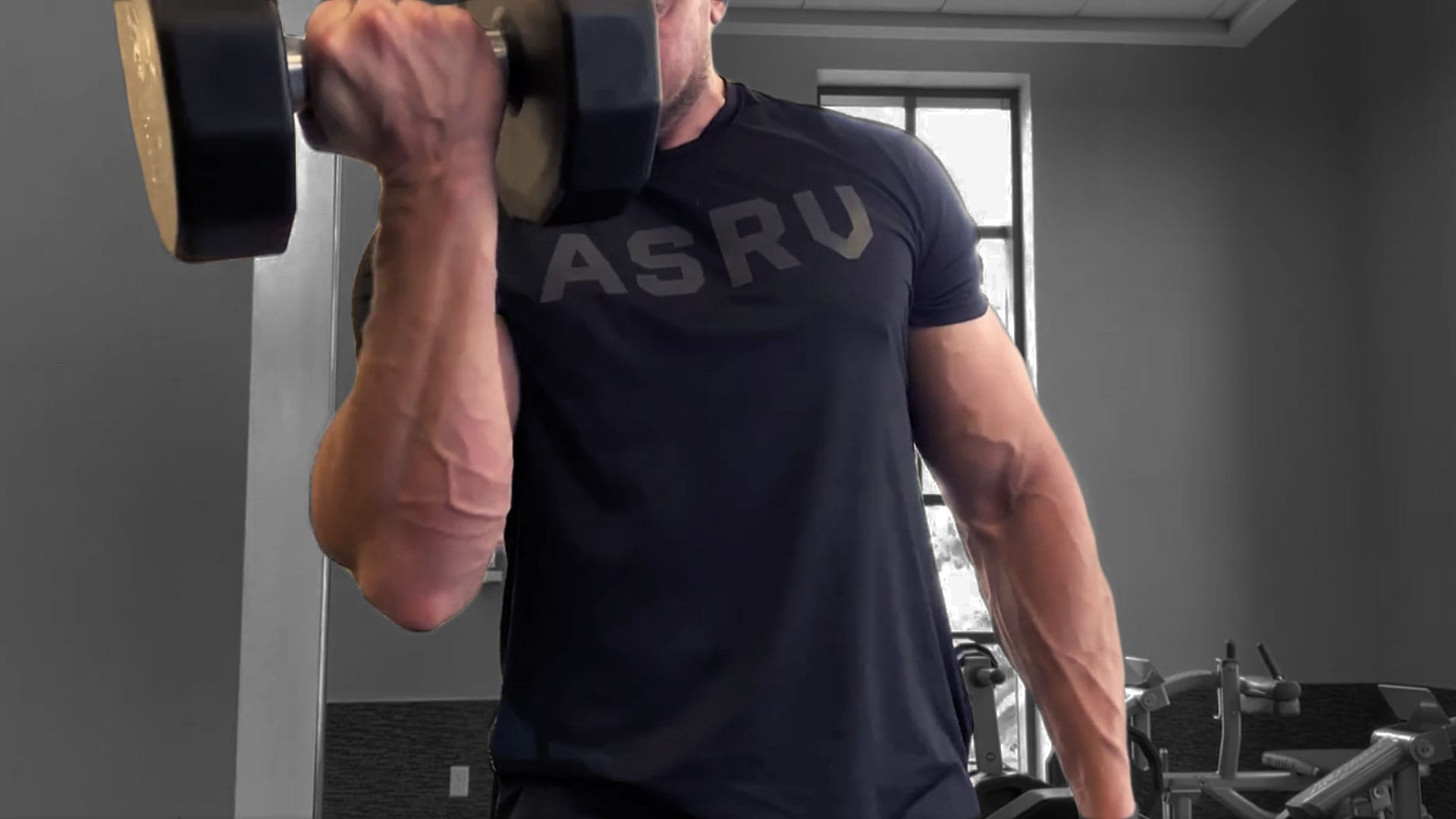
- 1For the standing dumbbell curl, grasp the dumbbells using an underhand grip (palms facing forward).
- 2Stand with your back erect, knees slightly bent, and feet shoulder width apart throughout the movement.
- 3Start with your arms fully extended and the dumbbells hanging straight down at your sides.
- 4Initiate the movement by flexing at the elbow, curling the right dumbbell up toward your shoulder.
- 5The dumbbell is then slowly lowered to the starting position and the movement repeated with the left arm.
- 6Continue alternating arms until the desired number of reps is completed.
Standing EZ Biceps Curl
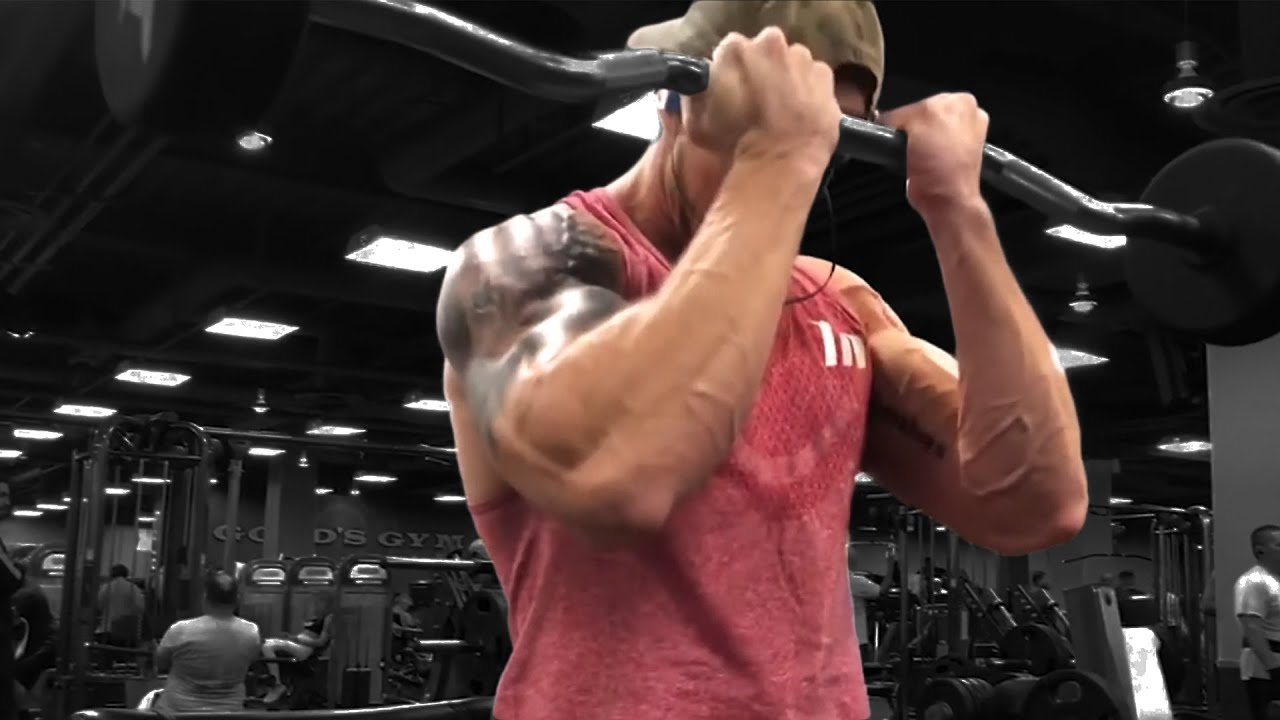
- 1For the EZ bar curl, stand with your back straight, your knees slightly bent and your feet slightly bent and feet slightly less than shoulder width apart throughout the entire movement.
- 2Grasp an EZ curl bar using an underhand grip (palms facing forward), with hands slightly wider than shoulder-width apart.
- 3Your arms should be fully extended and pressed against the sides of your torso.
- 4Initiate the movement by flexing at the elbows and curling the bar up toward your shoulders.
- 5When your biceps are maximally contracted, slowly lower the bar to the starting position. Repeat the movement until the desired number of repetitions is completed.
Concentration Dumbbell Curl
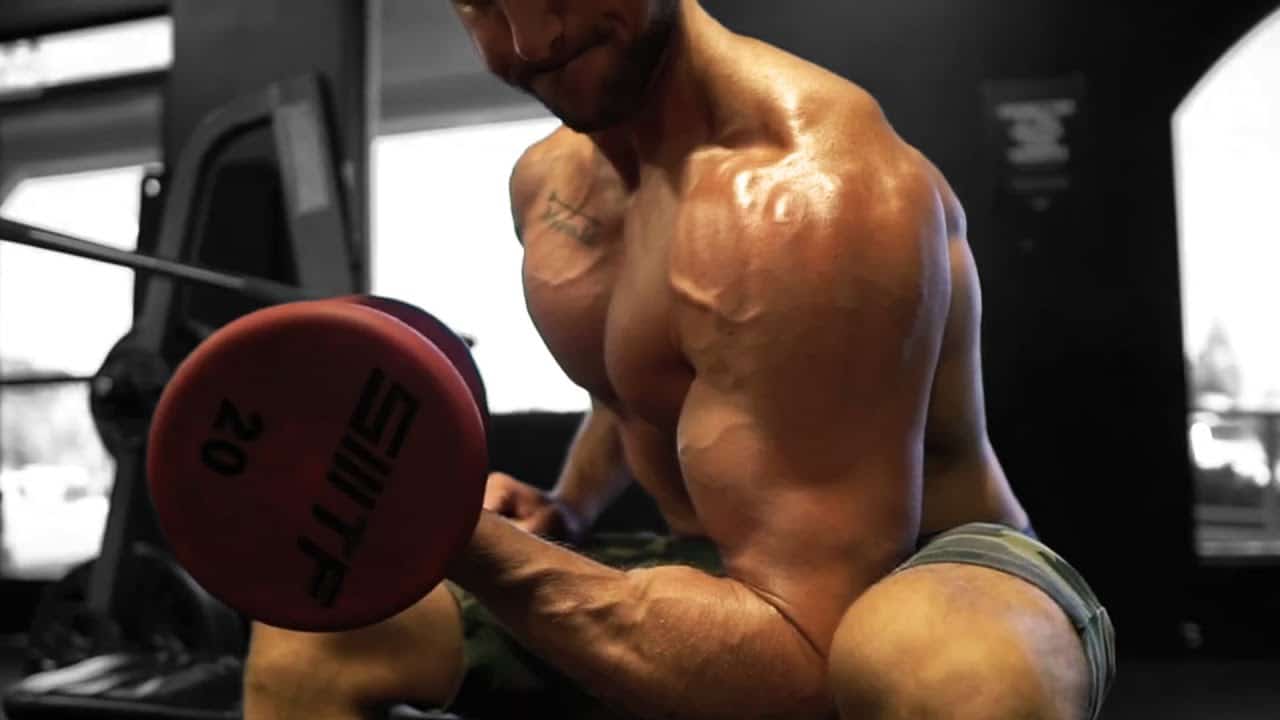
- 1To do a concentration curl, sit on a bench, grasping a dumbbell with your right hand, using an underhand grip (palms facing upward). Your legs should be spread wide apart.
- 2Lean forward at the waist and rest your right elbow on the inside of your right thigh, with your arm in full extension.
- 3With your elbow resting on the inside of your thigh, slowly curl the dumbbell toward your shoulder.
- 4When maximum biceps contraction occurs, slowly lower the dumbbell to the starting position. Repeat the movement until the desired number of repetitions is completed. Repeat for the left hand.
Standing Barbell Curls
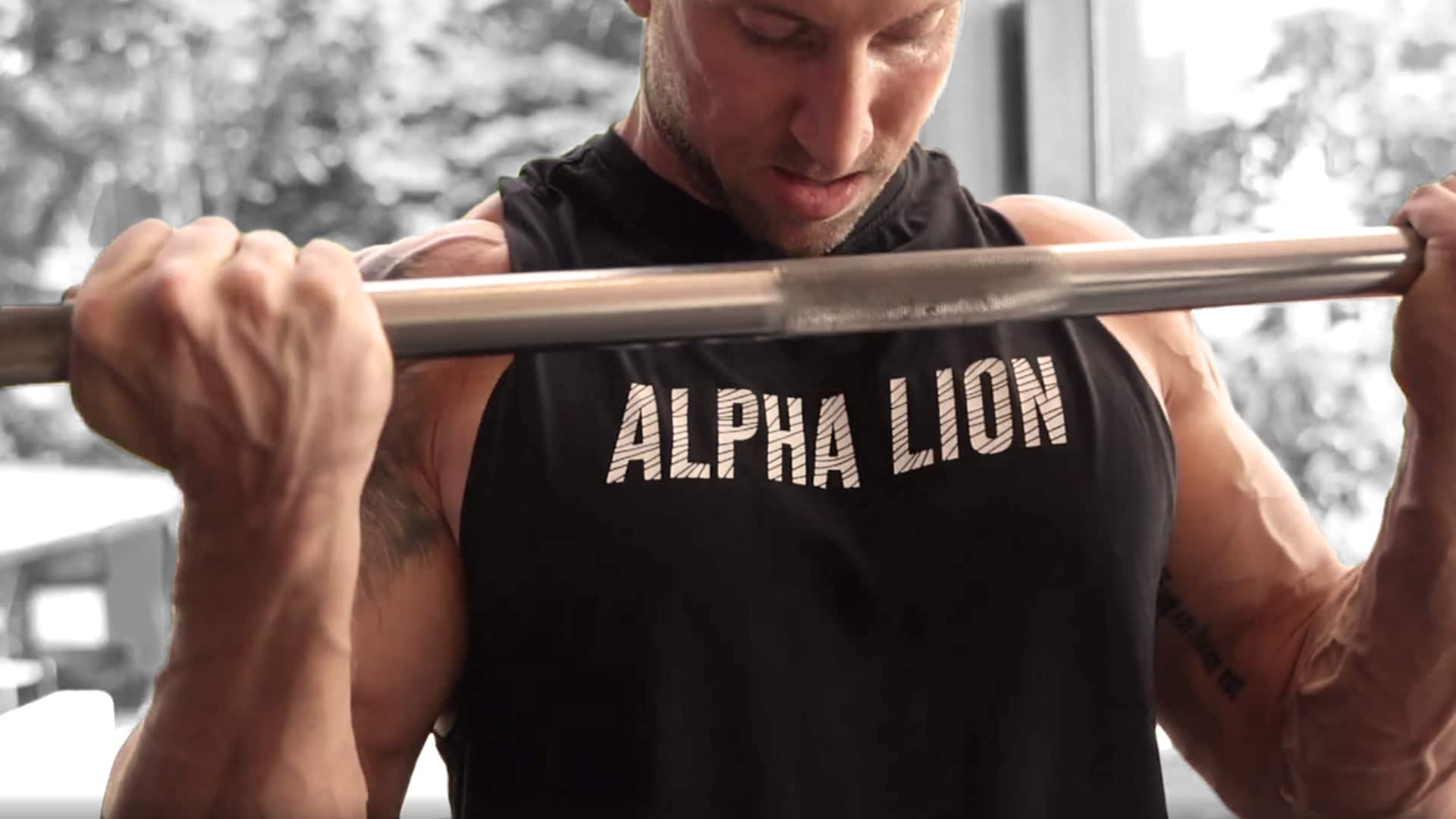
- 1For the standing barbell curls, grab a barbell using an underhand grip (palms facing upward), with your hands 2-3 inches wider than shoulder width apart.
- 2Stand with your back erect, knees slightly bent and your feet slightly wider than shoulder width apart throughout the movement.
- 3In the start position, your arm should be fully extended, with the bar resting across your upper thighs.
- 4Initiate the movement by flexing at the elbow, and curling the bar up toward your shoulder.
- 5When your biceps are maximally contracted, slowly lower the bar to the starting position. Repeat the movement until the desired number of reps has been completed.
Wrap up
Dumbbell hammer curls are an excellent exercise to work your biceps and forearms. Be sure to add them into your arm training arsenal in order to develop full, balanced upper and lower arms. To achieve the ideal balance of development, I recommend doing hammer curls every third workout, with standard dumbbell curls and cable curls being done on the other two.

